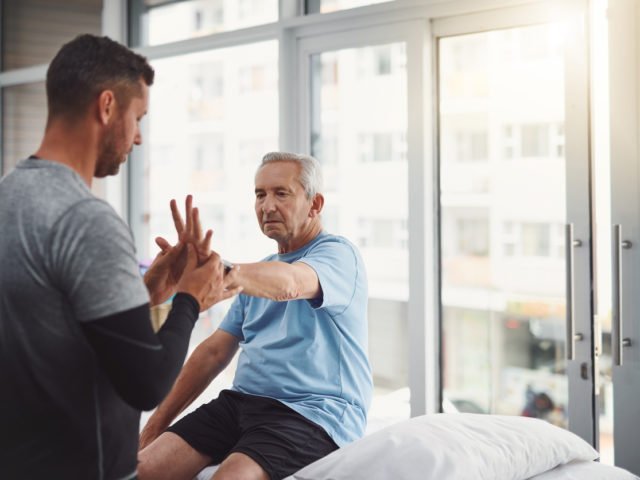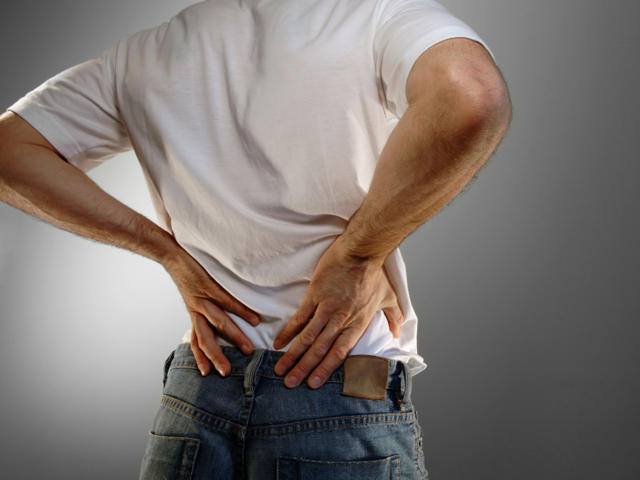
Sports and physical activity are essential for maintaining a healthy lifestyle, but they can also come with the risk of injury. Whether you’re a professional athlete or enjoy recreational sports, the chances of experiencing a sports-related injury are real. When injuries occur, the road to recovery often includes physical therapy, a vital component of rehabilitation. In this blog post, we’ll explore some common sports injuries, their causes, and how physical therapy plays a crucial role in the recovery process.
Common Sports Injuries
Sports injuries can vary in severity and affect different parts of the body. Here are some of the most common sports injuries athletes and active individuals may encounter:
1. Sprains and Strains
Sprains: These occur when ligaments (connective tissues that connect bones) are stretched or torn. Commonly affected areas include the ankles, wrists, and knees.
Strains: Strains involve the stretching or tearing of muscles or tendons. The back, hamstrings, and quadriceps are common sites for strains.
2. Tendonitis
Tendonitis is inflammation of a tendon, the fibrous tissue that connects muscles to bones. It often affects the shoulders, elbows (tennis elbow or golfer’s elbow), and Achilles tendon.
3. Fractures
Bone fractures can range from minor hairline fractures to more severe breaks. Commonly fractured bones include the wrist, collarbone, and fingers.
4. Dislocations
A joint dislocation occurs when the bones that form a joint are forced out of their normal position. Shoulder and finger dislocations are relatively common in sports.
5. Rotator Cuff Injuries
The rotator cuff is a group of muscles and tendons in the shoulder. Injuries to this area, such as tears or inflammation, can be painful and limit shoulder mobility.
6. Knee Injuries
Knee injuries encompass a wide range of conditions, including:
- Anterior Cruciate Ligament (ACL) Tears
- Meniscus Tears
- Patellar Tendonitis (Jumper’s Knee)
7. Concussions
Concussions are traumatic brain injuries that can result from head impacts during contact sports like football, soccer, and hockey.

Causes of Sports Injuries
Sports injuries can occur for various reasons, including:
1. Overuse
Repetitive motions or excessive training without adequate rest can lead to overuse injuries like tendonitis and stress fractures.
2. Trauma
Direct blows, falls, or collisions can cause acute injuries such as fractures, dislocations, and ligament tears.
3. Improper Technique
Incorrect form or technique during physical activities can increase the risk of injury. Proper coaching and training can help prevent these types of injuries.
4. Inadequate Warm-Up and Stretching
Failing to warm up properly or skipping stretching exercises can lead to muscle strains and other injuries.
5. Equipment Issues
Using ill-fitting or outdated sports equipment can increase the risk of injury. Helmets, pads, and shoes should be in good condition and appropriately sized.
The Role of Physical Therapy in Sports Injury Recovery
Physical therapy is a crucial component of the rehabilitation process for sports-related injuries. Here’s how it plays a vital role in recovery:
1. Pain Management
One of the primary objectives of physical therapy is to manage and reduce pain associated with sports injuries. Physical therapists use various techniques, including manual therapy, electrical stimulation, and modalities like ice and heat, to alleviate pain and discomfort.
2. Restoring Mobility and Function
Sports injuries can limit your range of motion and affect your ability to perform everyday activities, let alone return to sports. Physical therapists design personalized exercise programs that focus on improving flexibility, strength, and joint mobility to help you regain function and independence.
3. Preventing Reinjury
Physical therapists provide education on proper body mechanics and techniques to help you avoid reinjury. Learning how to move and perform sports-specific activities safely is crucial for long-term injury prevention.
4. Customized Rehabilitation Plans
Each sports injury is unique, and so is its treatment plan. Physical therapists develop customized rehabilitation plans tailored to your specific condition, taking into account your goals and the demands of your sport or activity.
5. Progress Monitoring
Throughout your rehabilitation journey, physical therapists continuously monitor your progress. They adjust your treatment plan as needed, ensuring that you’re on track toward achieving your recovery goals.
6. Return-to-Play Guidance
For athletes, returning to their sport safely is a top priority. Physical therapists work closely with athletes to create gradual and structured return-to-play protocols. These protocols ensure that athletes regain their physical condition, strength, and confidence before resuming competitive activities.
7. Preventing Long-Term Complications
Untreated or improperly managed sports injuries can lead to long-term complications, such as chronic pain, muscle imbalances, or joint instability. Physical therapy helps minimize these risks by addressing underlying issues and promoting a full recovery.
What to Expect During Physical Therapy for Sports Injuries
If you’re seeking physical therapy for a sports injury, here’s what you can expect:
1. Initial Assessment
Your first physical therapy session will involve a comprehensive evaluation of your injury, including a review of your medical history and any diagnostic tests or imaging results. This assessment helps your physical therapist understand the nature and extent of your injury.
2. Goal Setting
Working closely with your therapist, you’ll set specific and achievable goals for your recovery. These goals serve as a roadmap for your treatment plan.
3. Treatment Modalities
Your therapist will use various treatment modalities, including therapeutic exercises, manual therapy, and modalities like ultrasound or electrical stimulation, to address your injury.
4. Home Exercise Program
You’ll likely receive a personalized home exercise program designed to complement your in-clinic sessions. Consistency with these exercises is essential for achieving your recovery goals.
5. Progress Tracking
Throughout your therapy, your progress will be closely monitored. Your therapist will assess your range of motion, strength, and overall function to determine when you’re ready to return to your sport or activity safely.
6. Communication and Education
Open communication with your physical therapist is vital. They will educate you about your injury, teach you how to prevent reinjury and provide guidance on returning to your sport or activity safely.
Conclusion
Sports injuries are an unfortunate but common part of an active lifestyle. However, with the right treatment and rehabilitation, individuals can recover fully and safely and return to their favorite sports and activities. Physical therapy plays a vital role in this process, offering pain management, improved function, injury prevention, and individualized treatment plans. If you’ve experienced a sports-related injury, seeking the guidance of a skilled physical therapist can make all the difference in your path to recovery. Remember, your health and safety are paramount, and physical therapy is an essential tool to help you get back in the game.

